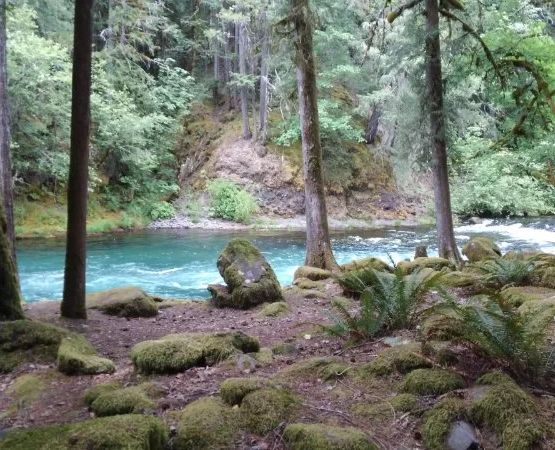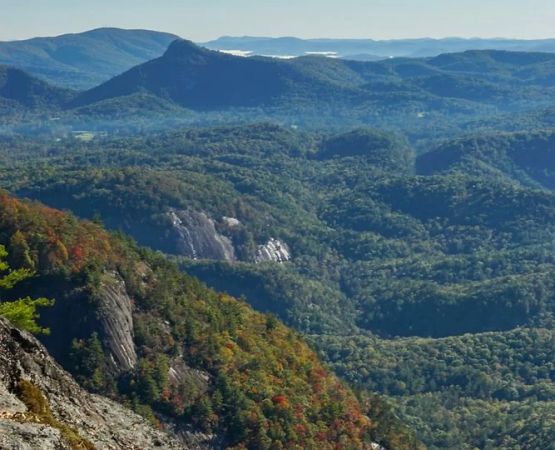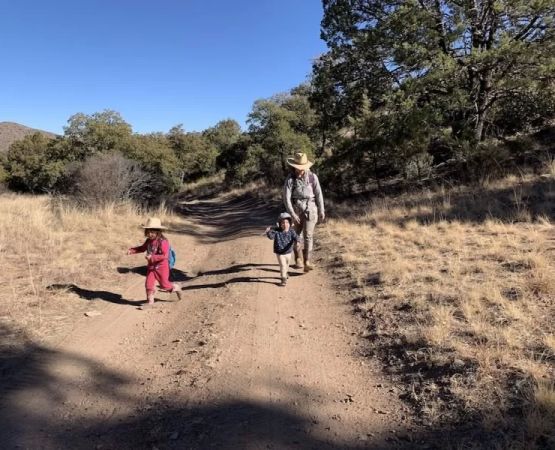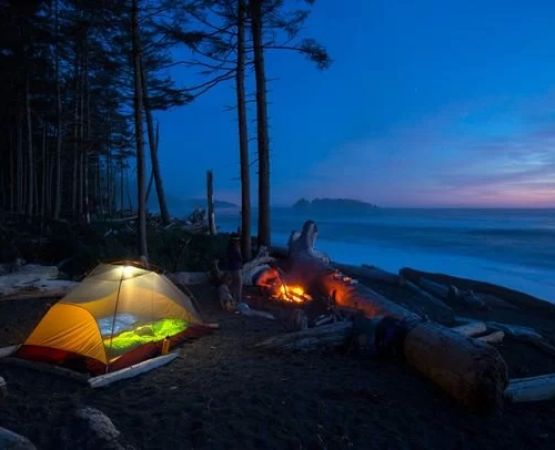- 1 - Understanding Tsunami Risks in Coastal Kayak Camping
- 2 - Recognizing Warning Signs and Official Alerts
- 3 - Emergency Preparedness for Kayak Campers
- 4 - Safe Evacuation Strategies During a Tsunami Warning
- 5 - Real-Life Stories and Lessons from Coastal Campers
- 6 - Expert Tips and Reliable Resources
Understanding Tsunami Risks in Coastal Kayak Camping
How to Prepare for a Tsunami Warning While Kayak Camping begins with knowing the risks of setting up camp near the ocean. Tsunamis are often triggered by undersea earthquakes, landslides, or volcanic eruptions, and while rare, they can strike with little notice. For kayak campers, who often pitch tents near shorelines, the danger is higher. Understanding that even small changes in tide patterns or sudden water withdrawals can indicate a potential tsunami is crucial. This awareness is the foundation of every safety plan, turning what could be a disaster into a manageable challenge.
Recognizing Warning Signs and Official Alerts
Preparedness means recognizing both natural and official signals. Natural signs include sudden receding water, unusual ocean sounds, or unexpected strong waves. Official warnings are issued through local authorities, radio, mobile alerts, or sirens in coastal towns. A famous example is the 2011 Japan tsunami, where many residents who recognized natural signs evacuated in time, even before formal warnings were issued. Kayak campers should always have a battery-powered radio or a waterproof phone case to receive alerts, ensuring no critical information is missed when off-grid.
Emergency Preparedness for Kayak Campers
A strong emergency plan is essential for kayak camping near tsunami-prone zones. Campers should always identify high ground near their camping site and map out evacuation routes before pitching tents. Emergency kits should include waterproof bags, first aid supplies, water filters, and dry food reserves. Kayak campers should also pack signaling devices such as whistles or flares. At Pine Cliff Resort, many travelers prepare by selecting reliable gear designed for quick evacuation and emergency readiness, ensuring their adventure remains safe even in unpredictable situations.
Safe Evacuation Strategies During a Tsunami Warning
When a tsunami warning is issued, every second counts. Campers should immediately move to higher ground, avoiding bridges or low-lying coastal roads that may be washed out. Leaving gear behind may be difficult, but safety should always come before possessions. For those kayaking at the time of the alert, heading far out into deeper waters may sometimes be safer than staying near the coast, as tsunamis are most destructive in shallow waters. However, this decision should only be made if there is enough time and calm conditions to paddle safely. Practicing evacuation drills can significantly increase the chances of survival.
Real-Life Stories and Lessons from Coastal Campers
One striking example is a group of campers in Alaska in 2018 who quickly evacuated to higher cliffs after noticing unusual tidal behavior. Their preparedness and quick response saved them from disaster. In contrast, stories of unprepared campers emphasize how dangerous hesitation can be. These accounts remind kayak campers that having a plan and acting decisively is not paranoia but practical survival wisdom. Many outdoor communities now share their experiences online, providing valuable insights for future adventurers.
Expert Tips and Reliable Resources
Experts stress the importance of checking tsunami hazard maps before choosing a camping spot, as well as registering for regional emergency alerts. It is also advised to travel with companions rather than solo, as teamwork greatly increases response efficiency during emergencies. Additionally, educating children or first-time campers on evacuation procedures ensures the whole group reacts effectively. Equipping yourself with the right gear and knowledge not only makes kayaking safer but also more enjoyable. For outdoor enthusiasts preparing for coastal trips, Pine Cliff Resort offers trusted equipment and resources that enhance both adventure and safety.






